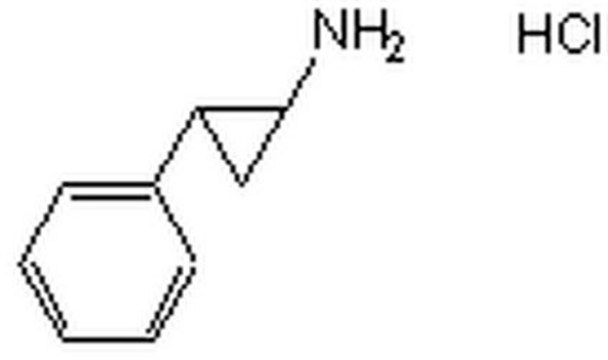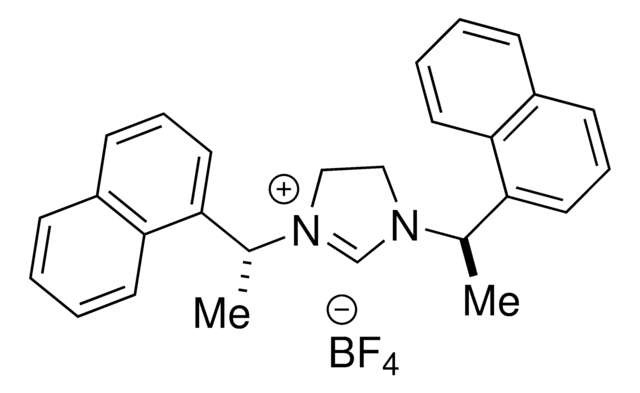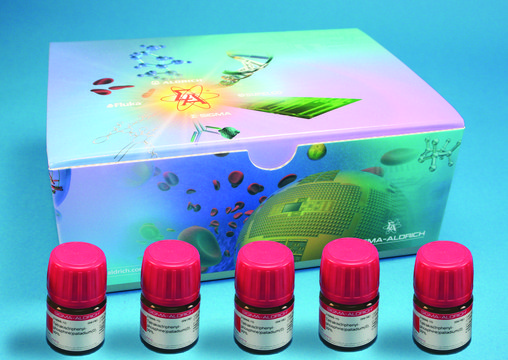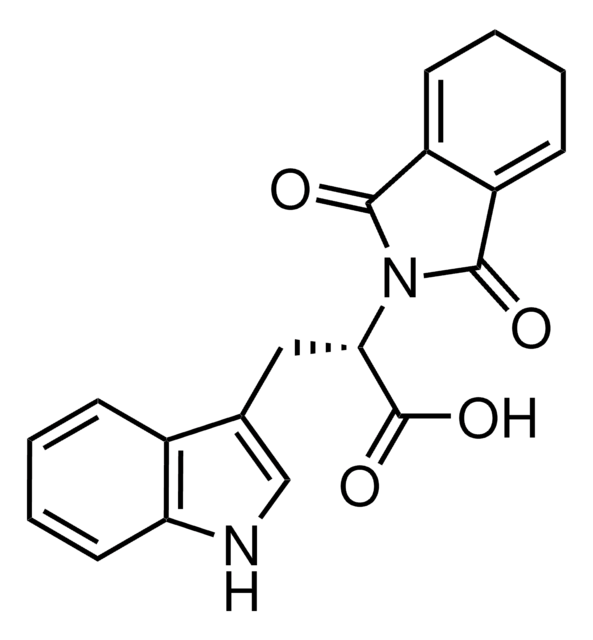683973
(5aR,10bS)-5a,10b-Dihydro-2-(2,4,6-trimethylphenyl)-4H,6H-indeno[2,1-b]-1,2,4-triazolo[4,3-d]-1,4-oxazinium chloride monohydrate
93%
Synonym(s):
Bode Catalyst 2
About This Item
Recommended Products
Quality Level
Assay
93%
form
solid
optical activity
[α]20/D +158°, c = 1 in chloroform
mp
226-230 °C
functional group
ether
SMILES string
[Cl-].Cc1cc(C)c(c(C)c1)-[n+]2c[n@@H]3[C@@H]4[C@@H](Cc5ccccc45)OCc3n2
InChI
1S/C21H22N3O.ClH/c1-13-8-14(2)20(15(3)9-13)24-12-23-19(22-24)11-25-18-10-16-6-4-5-7-17(16)21(18)23;/h4-9,12,18,21H,10-11H2,1-3H3;1H/q+1;/p-1/t18-,21+;/m1./s1
InChI key
GUECWMLEUCWYOS-WKOQGQMTSA-M
General description
Application
- In the preparation of dihydropyridinones by reacting enals or α′-hydroxyenones with vinylogous amides via aza-Claisen annulations.
- In the oxidative coupling reactions of di(hetero)arylmethanes with enals to yield benzimidazole fused lactams.
- In the synthesis of organosilanes by reacting enals with β-silyl enones.
Legal Information
Signal Word
Warning
Hazard Statements
Precautionary Statements
Hazard Classifications
Eye Irrit. 2 - Skin Irrit. 2 - STOT SE 3
Target Organs
Respiratory system
Storage Class Code
11 - Combustible Solids
WGK
WGK 3
Flash Point(F)
Not applicable
Flash Point(C)
Not applicable
Personal Protective Equipment
Regulatory Information
Choose from one of the most recent versions:
Already Own This Product?
Find documentation for the products that you have recently purchased in the Document Library.
Articles
Rovis has demonstrated that triazolium salt in the presence of a base can act as an N-heterocyclic carbene organocatalyst1 in highly enantioselective intramolecular Stetter reactions.
Related Content
Bode Group creates N-mesityl-NHC catalysts for enantioselective annulations and SnAP reagents for one-pot aldehyde conversion into N-heterocycles.
Our team of scientists has experience in all areas of research including Life Science, Material Science, Chemical Synthesis, Chromatography, Analytical and many others.
Contact Technical Service
![6,7-Dihydro-2-pentafluorophenyl-5H-pyrrolo[2,1-c]-1,2,4-triazolium tetrafluoroborate 97%](/deepweb/assets/sigmaaldrich/product/structures/338/297/58bedd1e-fa2f-4f2d-92eb-c61b56af8ded/640/58bedd1e-fa2f-4f2d-92eb-c61b56af8ded.png)
![2-Mesityl-2,5,6,7-tetrahydropyrrolo[2,1-c][1,2,4]triazol-4-ium chloride 97%](/deepweb/assets/sigmaaldrich/product/structures/267/516/0a2e9bce-0442-44c8-b912-3f3eeae583cf/640/0a2e9bce-0442-44c8-b912-3f3eeae583cf.png)
![(S)-5-Benzyl-2-mesityl-6,6-dimethyl-6,8-dihydro-5H-[1,2,4]triazolo[3,4-c][1,4]oxazin-2-ium tetrafluoroborate](/deepweb/assets/sigmaaldrich/product/structures/264/074/1f7b927e-bdc3-4352-9a96-ff81396c1618/640/1f7b927e-bdc3-4352-9a96-ff81396c1618.png)
![5a(R),10b(S)-5a,10b-Dihydro-2-(pentafluorophenyl)-4H,6H-indeno[2,1-b][1,2,4]triazolo[4,3-d][1,4]oxazinium tetrafluoroborate 97%](/deepweb/assets/sigmaaldrich/product/structures/368/775/b5e1517b-14a4-4995-ae5e-98df66198ede/640/b5e1517b-14a4-4995-ae5e-98df66198ede.png)



![(5R,6S)-2-Mesityl-5,6-diphenyl-6,8-dihydro-5H-[1,2,4]triazolo[3,4-c][1,4]oxazin-2-ium tetrafluoroborate 97%](/deepweb/assets/sigmaaldrich/product/structures/219/182/9bfa803e-8970-4dd1-9cbf-9ebca2f74da2/640/9bfa803e-8970-4dd1-9cbf-9ebca2f74da2.png)
![(5aS,10bR)-5a,10b-Dihydro-2-mesityl-4H,6H-indeno[2,1-b]-1,2,4-triazolo[4,3-d]-1,4-oxazinium chloride](/deepweb/assets/sigmaaldrich/product/structures/226/284/a4e3161c-6ede-440f-8902-6af8e576a3ab/640/a4e3161c-6ede-440f-8902-6af8e576a3ab.png)
